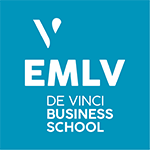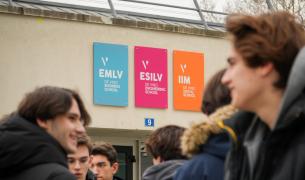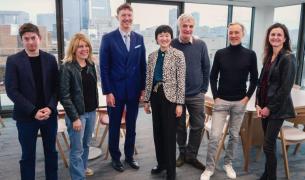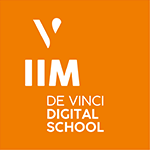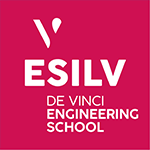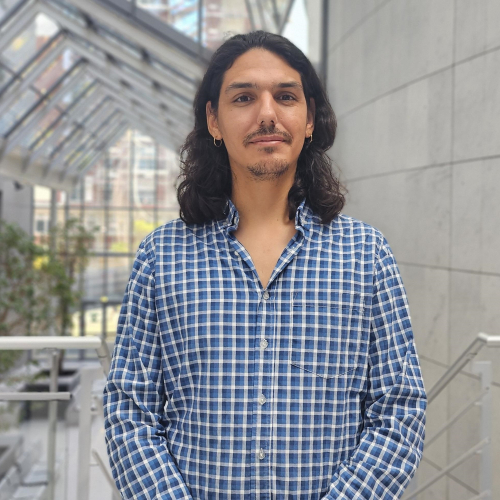
Daniel Wladdimiro is Assistant Professor of Computer Science at ESILV Engineering School at Paris la Défense. He did his PhD in Computer Science at Sorbonne University in 2024. His research focuses on distributed systems and data processing, specializing in the design of scalable system architectures. He specializes in identifying requirements, leveraging emerging web technologies, and employing advanced mathematical models to optimize system performance and throughput. His projects often address social and academic challenges, such as the development of platforms to support natural disaster response, which is mathematically modeled to optimize the allocation of computing resources.
Daniel Wladdimiro; Claudine Wulfman; Boris Jakubowicz; Mathieu Derbanne; Bruno Zamansky; Nicolas Lebon; Stéphane Le Goff; Aurélie Dubroca; Laurent Tapie; Jean-Pierre Attal
The CAD/CAM unit in Paris Descartes University: for and by students Conférence
CONSEURO 2015, London, England, 2015.
@conference{wladdimiro_2516,
title = {The CAD/CAM unit in Paris Descartes University: for and by students},
author = {Daniel Wladdimiro and Claudine Wulfman and Boris Jakubowicz and Mathieu Derbanne and Bruno Zamansky and Nicolas Lebon and Stéphane Le Goff and Aurélie Dubroca and Laurent Tapie and Jean-Pierre Attal},
editor = {Clin Oral Inves},
url = {DOI 10.1007/s00784-015-1486-4},
year = {2015},
date = {2015-05-01},
booktitle = {CONSEURO 2015},
pages = {1701-1754},
address = {London, England},
abstract = {Objective: To include CAD/CAM technologies in oral rehabilitation teaching. Three difficulties arise when bringing and applying the theoretical knowledge in clinical training: To offer a standard teaching to all students, In 4 dental units located in different hospitals, Under a high level supervision. Materials and method: A dedicated room is equipped with three different
CAD/CAM systems and a 3D printer, as well as characterization and polishing kits (ceramic, composite and furnace). In clinic, with his teacher, the student indicates the partial restoration and performs preparation
and impression (conventional or optical). Design and manufacturing are realized at the faculty under the supervision of a multidisciplinary team, including biomaterials, prosthodontics and conservative dentistry teachers, prosthodontics technicians, engineering specialists and researchers. Results: In this privileged dialogue about a patient, the student discovers the unit scientific interest, as all clinical relevant information about patients, clinical situation and restoration features is recorded for a long-term cohort study. Teachers note a better comprehension of preparation needs and tissue preservation while the student manages the whole process of partial denture restoration. His understanding widens when confronted to clinical situation, cast model and 3D reconstruction. Discussion and conclusion: CAD/CAMis a key teaching in 21st century dental curriculum. These new technologies confront us to a new educational challenge. Because of the limited background available, a multidisciplinar team is necessary to explore the opportunities they open as well as their limitations. From this point of view, collaboration with researchers is essential.},
keywords = {},
pubstate = {published},
tppubtype = {conference}
}
No posts by this author.
N'hésitez pas à contacter le service des admissions pour tout renseignement complémentaire :
